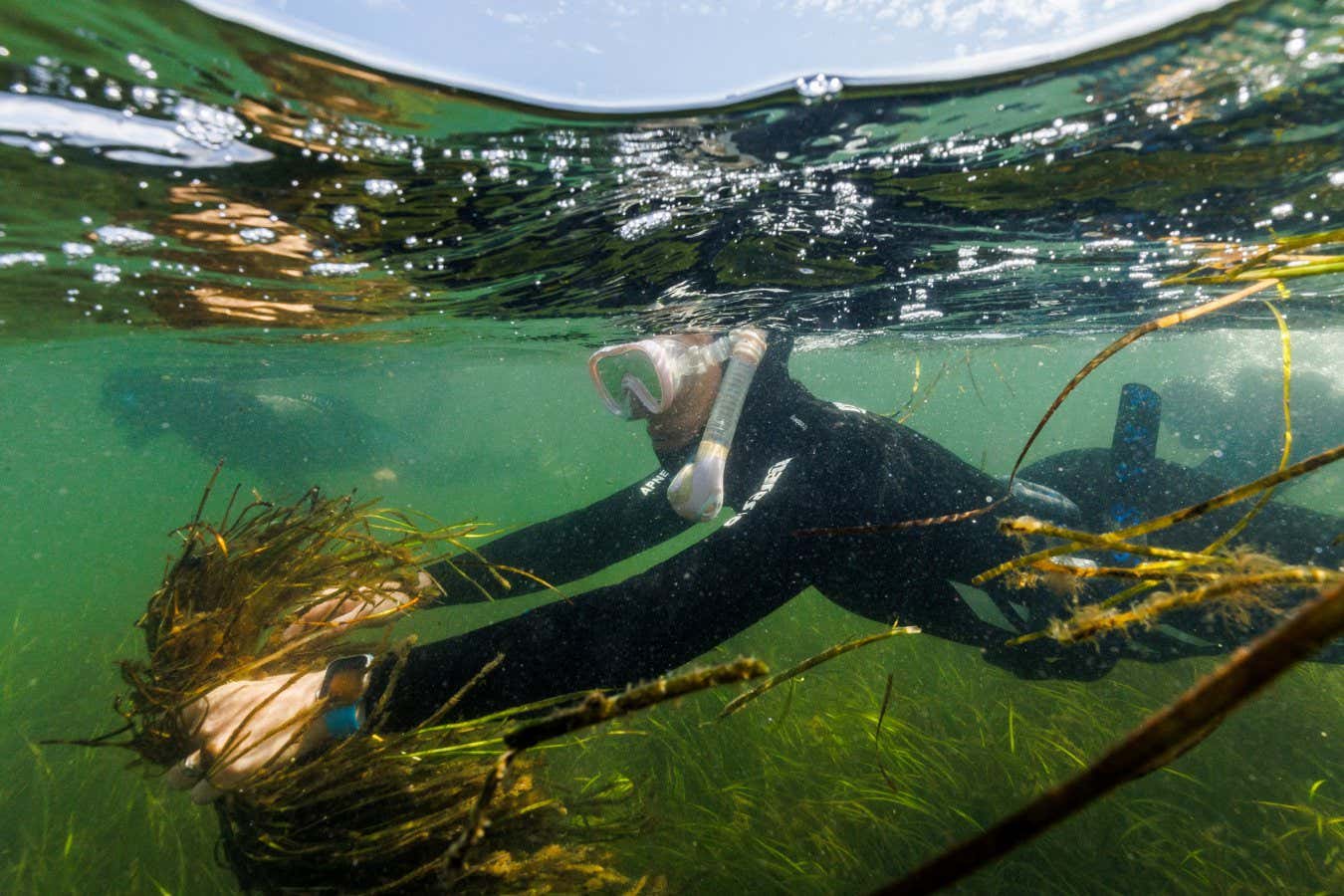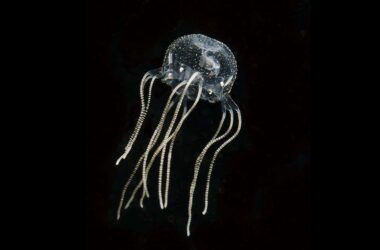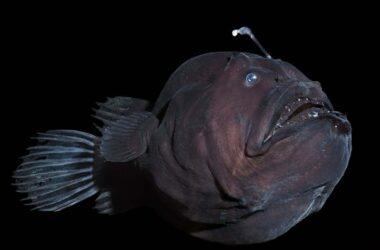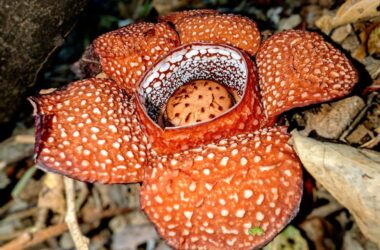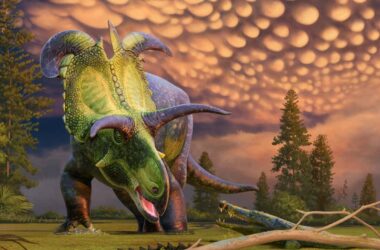Angela Stevenson dives with a bunch of flowering seagrass she has collected
REUTERS/Lisi Niesner
A team of researchers from the GEOMAR Helmholtz Centre for Ocean Research Kiel, Germany, is on a mission to save seagrass meadows in the Baltic Sea. These meadows play a crucial role in storing carbon dioxide and providing food and shelter for marine life. However, due to climate change, one-third of European seagrass has disappeared since the 19th century.
The researchers are part of SeaStore, a joint seagrass restoration project involving GEOMAR. Their goal is to breed a more temperature-resistant version of seagrass in the hope of revitalizing the meadows. They collect flowering seagrass from the Baltic Sea off northern Germany and cultivate it in the lab until the seeds are ready to be harvested and planted.
A marine scientist for GEOMAR snorkels back to the boat
REUTERS/Lisi Niesner
According to researcher Angela Stevenson, shown in the main image collecting seagrass, the project has been very successful so far, with the plants growing healthily. The second image shows another researcher snorkeling, while the third image features Stevenson at a citizen diving course. The project aims to recruit and train locals to assist with the restoration efforts.
The additional images showcase various aspects of the project, including PhD student Isabella Provera in the lab, tubes of samples for analysis, a student preparing seagrass for analysis, and GEOMAR researcher Tadhg O Corcora studying samples.
LEFT: Isabella Provera, in the lab at the GEOMAR Helmholtz Centre for Ocean Research RIGHT: Seagrass blades are placed in tubes
REUTERS/Lisi Niesner
Thorsten Reusch, a researcher at GEOMAR, emphasizes the need for more funding and citizen involvement to ensure the success of SeaStore and prevent it from becoming a missed opportunity.
LEFT: A student prepares samples RIGHT: Tadhg O’Corcora, a marine scientist for GEOMAR
REUTERS/Lisi Niesner
Topics:




